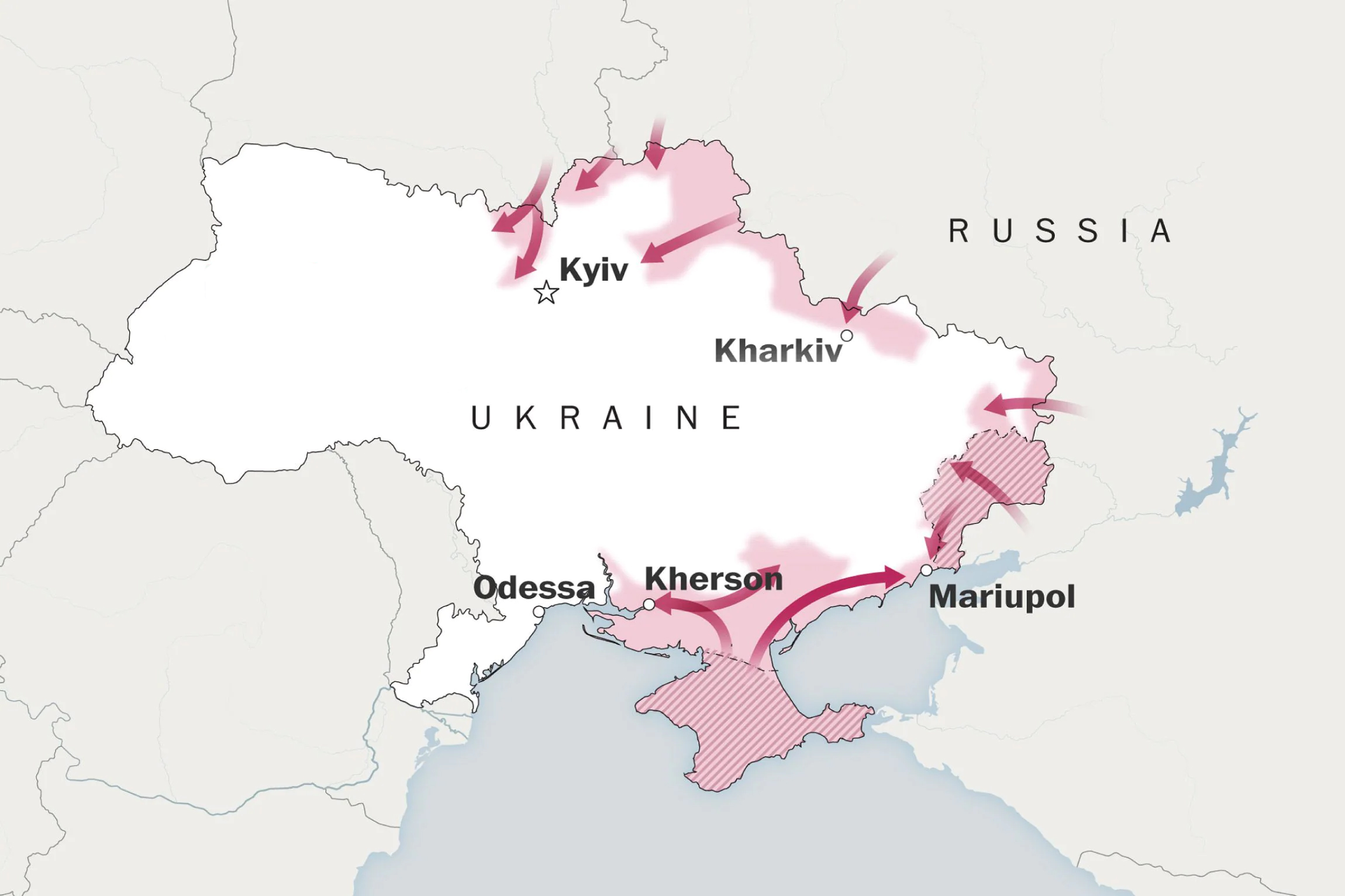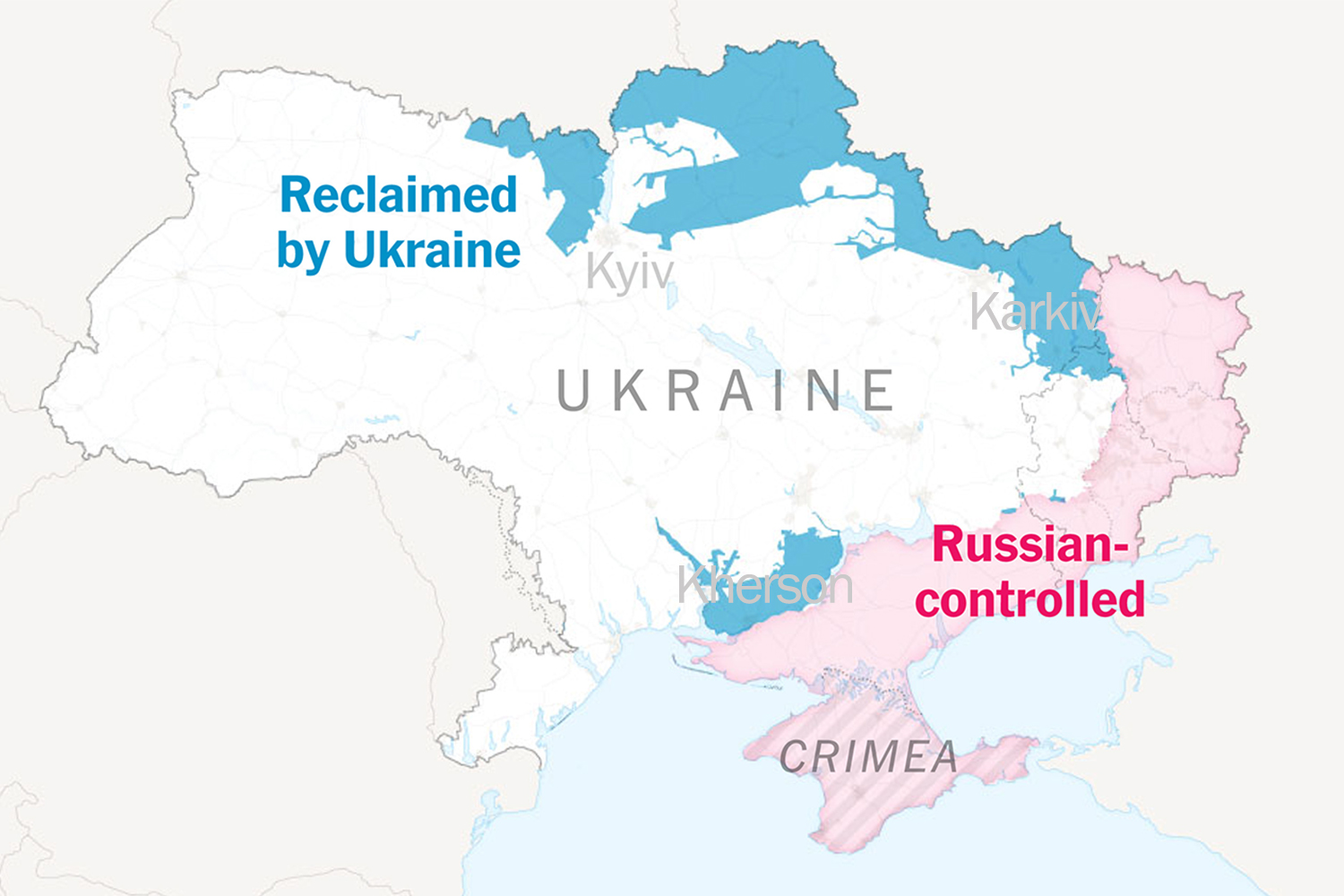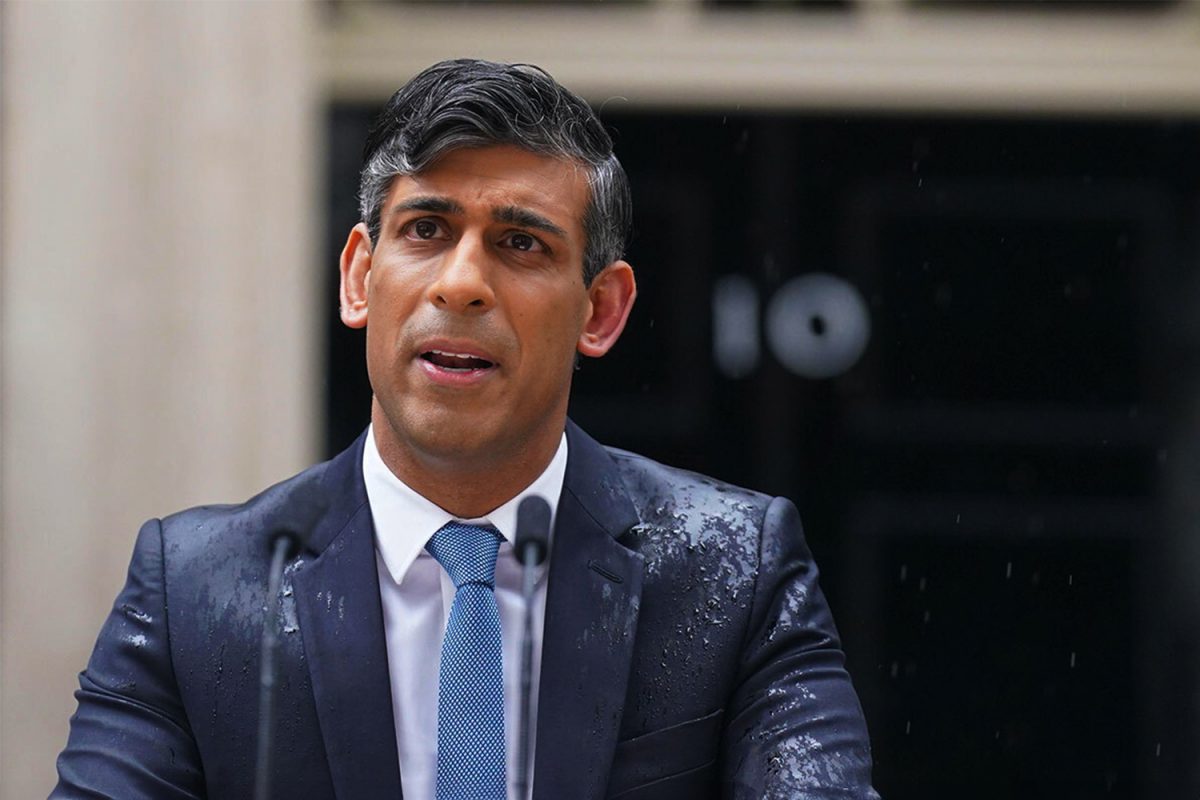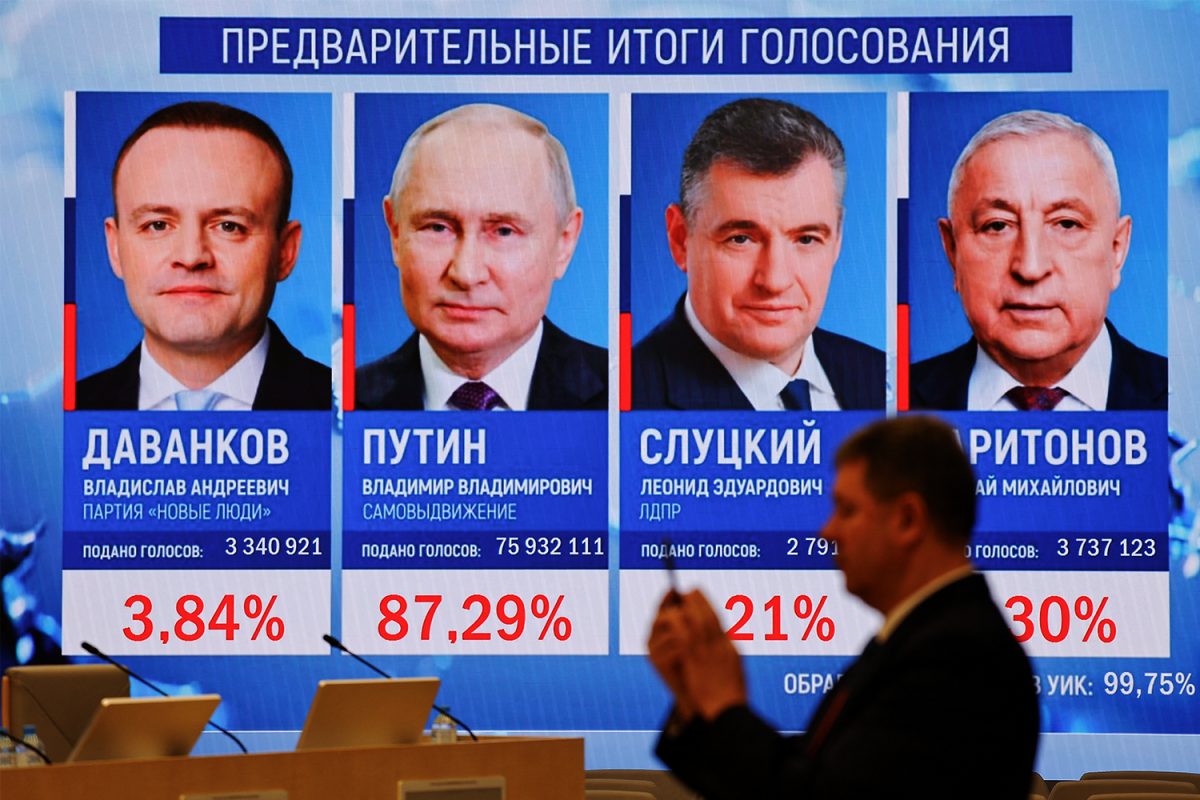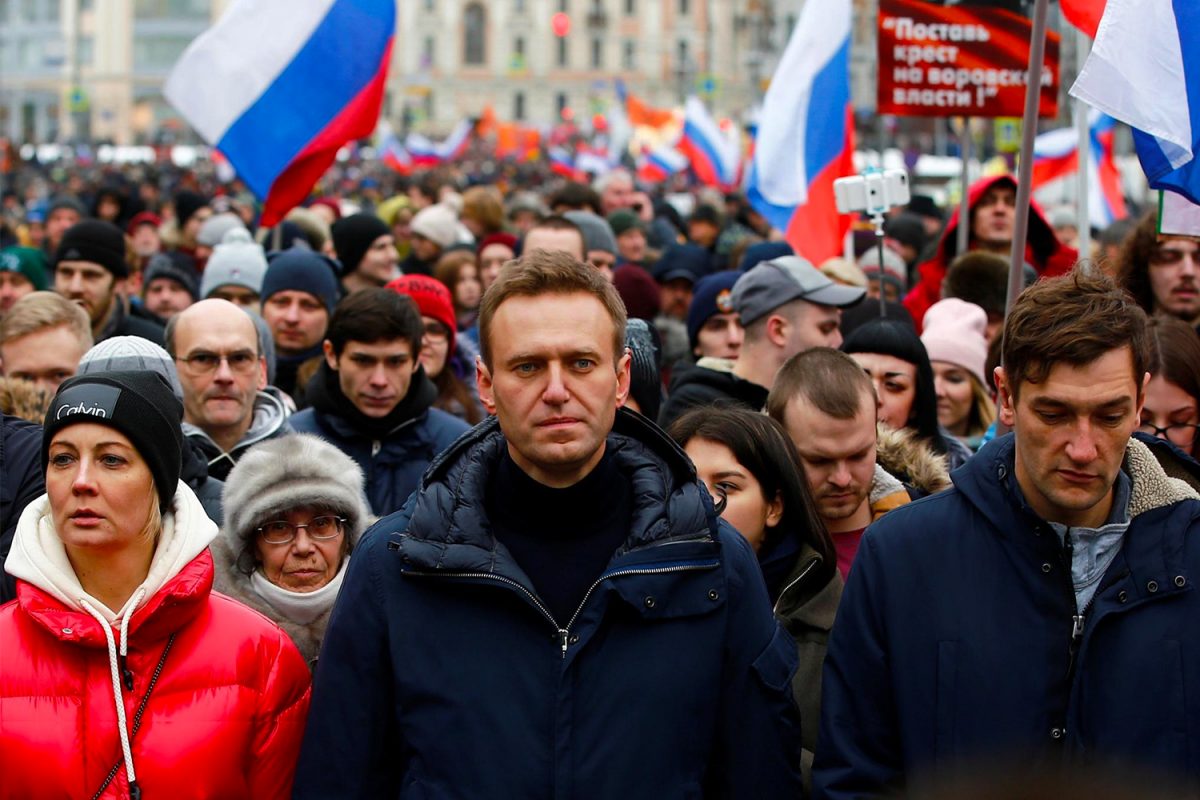Exactly a year ago on the 24th February 2022, Russian president Vladimir Putin came on Russian TV and announced a Special Military Operation to annex Ukraine. This came after months of Russian forces massing round Ukraine’s borders. Putin had just started the continent’s first inter-state war in decades and a swift victory for Moscow would pull the carpet beneath the feet of the west and prove once and for all Russia was a power to be reckoned with. A year on however, the war has not turned out the way Putin has predicted.
Russia’s invasion plan involved a three-frontal attack from Belarus down to the capital Kyiv. Russia was so confident of capturing the deeply unpopular president Volodymyr Zelensky and the national capital, Kyiv, the troops sent to this front took their parade uniforms with them. The second front was from the East from Donbas, which Russia semi occupied since 2014. The final front was from the South of Ukraine, where Russia already occupied Crimea.
The Southern and Eastern front were the most successful. Russian forces managed to make it around 100 miles into the interior of Ukraine. But the northern front fell into problems as soon as it began from chaotic logistics to 60-mile-long vehicle convoys stuck as they outran their supply lines and ran out of fuel. By week seven of the war Putin decided to withdraw from the north of Ukraine, giving up the capture of Kyiv as the Russian military had failed to capture the capital. Russian troops would withdraw back to Belarus leaving behind their parade uniforms.
As weeks turned into months a similar picture emerged of Russian units struggling to hold onto territory and running into stiff resistance. For weeks Russia had no overall commander of the Ukraine invasion and so no coordinated strategy. Russian soldiers were informed only hours before the invasion of their orders to move into Ukraine, Soldiers were neither physiologically or materially prepared for the war. The lack of combined arms warfare saw Russian forces capture towns with high rates of casualties. Both the Ukraine intelligence and US intelligence regularly intercepted Russian communications as soldiers used unencrypted devices.
Despite capturing territory from the Donbas down to South of Ukraine securing a land bridge to Crimea by August 2022, Russian forces were struggling to hold onto the territories they had occupied. The loss of so many soldiers and numerous failures in prosecuting the war meant the Russian forces left on the battlefield were struggling to hold the front lines. Military leaders asked for the mobilisation of further troops, but Putin refused. By September everything caught up with Russia. In the north the Ukrainians scored a stunning victory in Kharkiv and in the South Russian forces were struggling to hold Kherson. The capital of Kherson was the only capital city Russian forces captured. Russian forces would eventually withdraw behind the Dnieper river to ensure the region didn’t go down like Kharkiv. By this point Russia had lost half the territory it had originally captured.
It became clear to the Russian forces as well as Putin that they could not hold onto their frontlines in Ukraine with the low number of troops that were mobilised to prosecute the war. In September 2022 Putin announced a general mobilisation and replaced the war general. Putin adapted to the situation and this led to Russia’s position to stabilise in Ukraine. Russian forces increased strikes in civilian areas and upon infrastructure in order to make it hell for the Ukrainians. As the winter set in, both sides began to prepare for their spring offensives as the temperatures dropped.
One year since the invasion the Russian army has failed to fully occupy the two Donbas regions, Donetsk and Luhansk, but it has seized large parts of two other Ukrainian regions in the south, Zaporizhia and Kherson, thus securing a land bridge to Crimea. In October, Putin signed legislation formally annexing those regions to Russia. Putin initially declared his goals were to “…liberate…” Ukraine’s Donbas region and to “…de-nazify…” and “…de-militarise…” the country. With this mix of military successes and failures, the Kremlin has deliberately left its definition of victory in Ukraine vague. This will allow her a much wider range of acceptable outcomes on the battlefield.
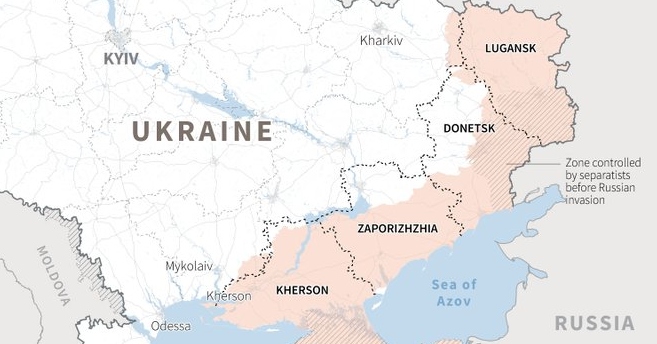 Despite Ukraine’s performance it is completely dependent upon western support in the war. US intelligence and most other western intelligence agencies gave no hope to Ukraine when Russia invaded. Ukraine has received close to $40 billion in military aid from the West, around $30 billion of it from the US alone. Last month, NATO countries just crossed one more of the self-imposed red lines by allowing the supplies of German and US tanks to Ukraine, though in limited numbers. While the West is united in its moral support for Ukraine, it has also been ambiguous about how the war should end. The official rhetoric from Washington, Kyiv’s biggest supporter, is that it will support the Ukrainian government and army “…for as long as it takes…” in order to secure a decisive victory over Russia. In Europe, some have been more cautious. French President Emmanuel Macron, for example, has said that Russia should be defeated, but not crushed. A recent poll of European Union policymakers, conducted by the European Council on Foreign Relations, shows that European capitals differ widely on what outcome in the Ukraine war they see as realistic. Only a handful of the respondents appeared to perceive Kyiv’s “full liberation” as a likely outcome. Many expect that Russia will retain control over some Ukrainian territory.
Despite Ukraine’s performance it is completely dependent upon western support in the war. US intelligence and most other western intelligence agencies gave no hope to Ukraine when Russia invaded. Ukraine has received close to $40 billion in military aid from the West, around $30 billion of it from the US alone. Last month, NATO countries just crossed one more of the self-imposed red lines by allowing the supplies of German and US tanks to Ukraine, though in limited numbers. While the West is united in its moral support for Ukraine, it has also been ambiguous about how the war should end. The official rhetoric from Washington, Kyiv’s biggest supporter, is that it will support the Ukrainian government and army “…for as long as it takes…” in order to secure a decisive victory over Russia. In Europe, some have been more cautious. French President Emmanuel Macron, for example, has said that Russia should be defeated, but not crushed. A recent poll of European Union policymakers, conducted by the European Council on Foreign Relations, shows that European capitals differ widely on what outcome in the Ukraine war they see as realistic. Only a handful of the respondents appeared to perceive Kyiv’s “full liberation” as a likely outcome. Many expect that Russia will retain control over some Ukrainian territory.
Whilst Russia has committed many battlefield errors, it has now adjusted and made the necessary changes. Russia wants to retain Ukrainian territory and future battles will decide how much as well as what human and economic cost Russia will bear to hold on to them. For the moment, Russian society is lukewarm about Putin’s territorial expansion. It will accept a broad range of outcomes that are not manifestly humiliating or costly. Ukrainian expectations, on the other hand, are extremely inflated. Almost any kind of compromise could threaten Volodymyr Zelensky’s government, which took a lethal gamble by refusing to implement the humiliating Minsk agreements and resolving to put up a fight instead of succumbing to Putin’s ultimatums.
On the one-year anniversary neither side appears to have the capability to achieve absolute victory. Despite Ukraine taking back half of the territories Russia conquered and Russia’s ruthless campaign of targeting civilian infrastructure, both sides are refusing to negotiate until they are convinced that military operations cannot improve their leverage. The war will most likely end with some sort of negotiated outcome.
Whilst Russia has committed many battlefield errors, it has now adjusted and made the necessary changes
For Russia, throwing lots of troops at the battlefield is to impact the final talks. It should be remembered Russia has a history of beginning wars badly. It then adjusts by throwing lots of soldiers at the battle and saturating the battlefield. This was how the Red Army defeated the Nazis and it’s also how they grinded out a victory in Chechnya. For the moment, Russia wants at least to shore up its claim to the four provinces annexed in September 2022 hoping that Western resolve in supporting Ukraine will erode over time. For a Russian victory they need to win on the battlefield, or whatever leads to it. They need to survive the sanctions and keep their economy supporting the war. If they can do this, then they could win.
However, this doesn’t solve Russia’s strategic problem, namely that Ukraine in whatever shape, is a western nation now. Unless Russia can change Ukraine’s political orientation, then this issue will go on. Russia’s one chance of victory was sending in huge numbers of troops and overwhelming Ukraine with a quick military victory. As this didn’t happen Russia will now have to play the long game and grind out a victory.
Ukraine on the other hand wants to expel Russian forces from all occupied territories. But for this to materialise Ukraine is completely dependent upon western support. There is no route to victory without western support. The western plan seems to be to provide Ukraine with better quality weapons to hurt Russia. This is being drip fed to Ukraine, which means this war will go for some time. Ukraine’s reliance on the west is complicated as many nations have national elections coming up. In 2024 the US, UK and Putin have elections, whilst in 2025 Germany has elections. These leaders will have major domestic considerations to tackle for their electoral success which may very well impact how much time the Ukraine war will get.
These frontline battles will determine the outcome of the war and any future negotiations. As the war grinds on, the human, economic and financial resources will be crucial. A war of attrition is decided by the exhaustion of one party.


